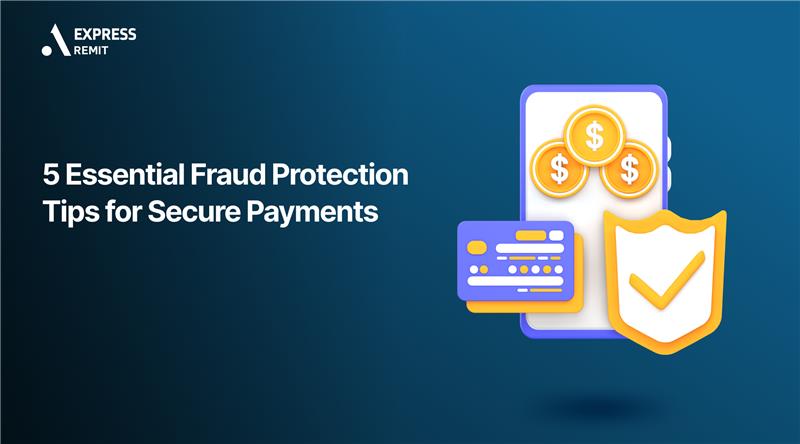Fraud Protection: 5 Essential Tips for Secure Payments
In today’s digital world, online transactions have become a standard for businesses and individuals. While cashless payments bring convenience, they […]
Fraud Protection: 5 Essential Tips for Secure Payments Read Post »


